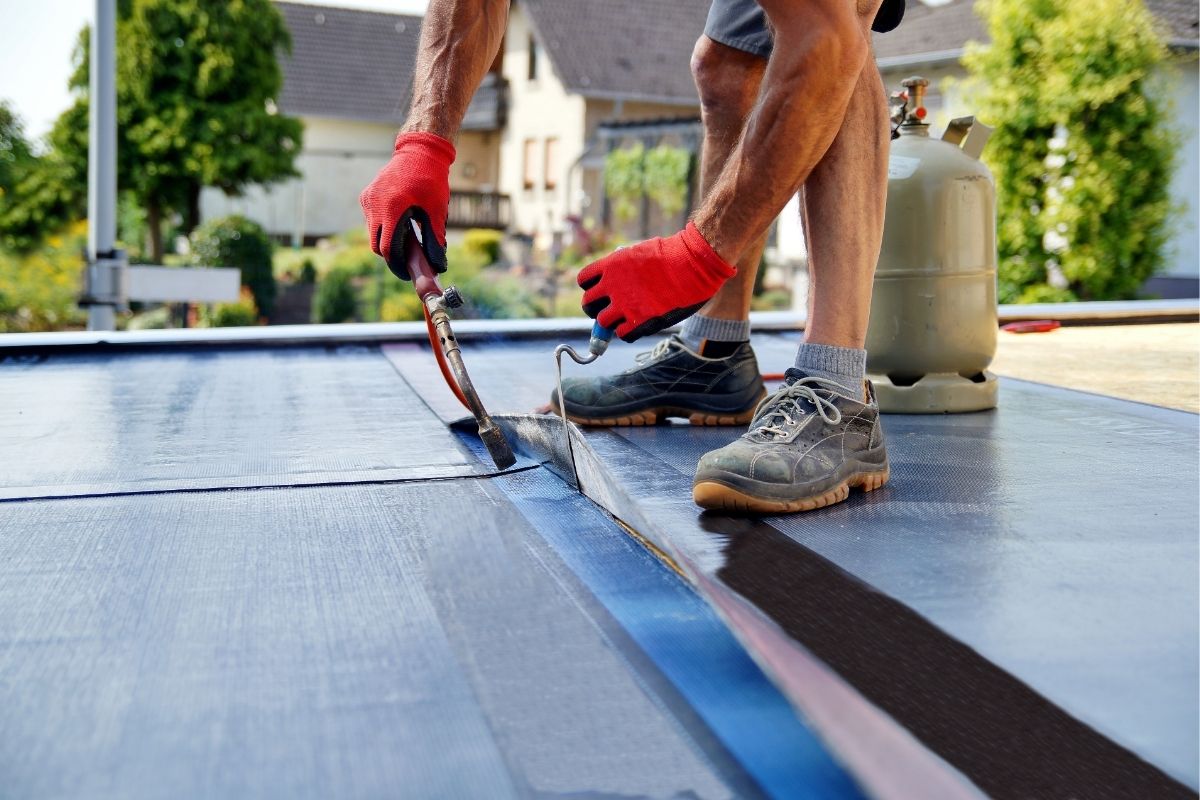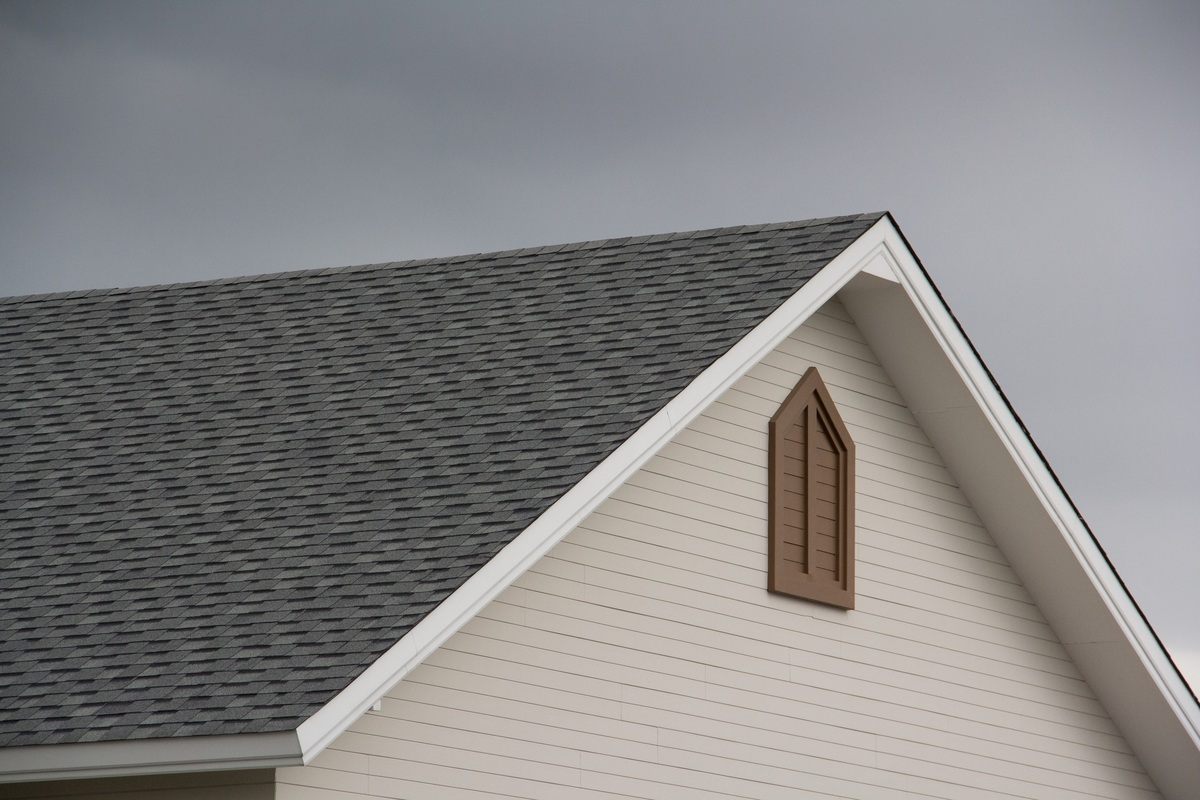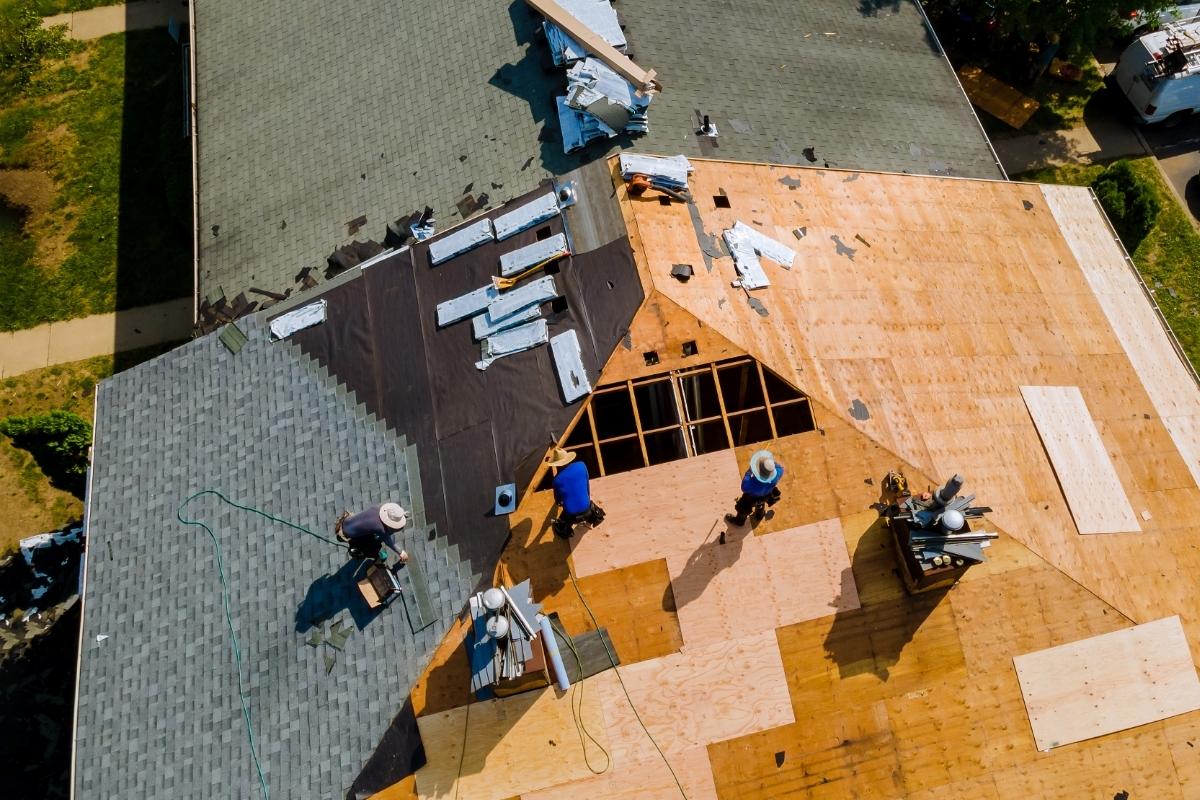Storms in Ohio can be harsh on homes, especially on flat roofing systems, which are vulnerable to pooling water, punctures, and membrane damage. When a severe weather event passes through, and you notice signs of trouble, it’s natural to wonder what’s next. Should you schedule a flat roof repair or replacement? Getting the correct answer depends on a few key factors we help homeowners assess daily. Understanding the condition of your flat roof after a storm is critical to protecting your property, avoiding future leaks, and staying ahead of costly problems. Let’s walk through how to make the right decision.
Common Signs of Flat Roof Storm Damage
Storm damage isn’t always apparent when inspecting a flat roof unless you know where to look. Here’s what we typically check for after a severe weather event.
1. Surface Damage and Punctures
Flat roofs are especially prone to punctures and tears from hail, debris, or branches. Even minor surface cuts can lead to water infiltration if not repaired quickly. We look for membrane cracks, exposed seams, and visible impact marks across the roof surface.
2. Pooling Water and Drainage Issues
Storms that dump large amounts of rain can expose existing drainage problems. Water pools on your flat roof for more than 48 hours can deteriorate the roofing material. If not addressed promptly, ponding water on flat roofs can lead to serious issues like soft spots, mold growth, and even significant structural damage to your building.
3. Interior Water Stains
Water leaking through a damaged flat roof often appears as ceiling stains, damp insulation, or bubbling paint inside your home. These signs suggest a compromised roofing system that may require more than a quick patch.
When inspecting for storm damage, it’s crucial to act quickly upon noticing any of these signs. Addressing issues early can prevent costly repairs and ensure the longevity of your flat roofing system. Remember, regular maintenance and prompt roof leak repair can significantly impact your roof’s performance and resilience during the next storm.
When Flat Roof Repair Makes Sense
Not all damage requires a full replacement. In many cases, targeted repairs can restore the integrity of your roof without the cost of tearing it off entirely.
Isolated Damage or Minor Leaks
If the storm damage is limited to one section, like a few membrane punctures or a small area with seam separation, a repair is often the most cost-effective solution. We use commercial-grade materials to reseal and reinforce problem areas to protect your home.
The Roof Is Still Structurally Sound
We check the substrate and decking beneath your roof to ensure it hasn’t been compromised. If the foundation is strong and the leak hasn’t caused internal damage, repairing the membrane or flashing can extend your roof’s life without replacement.
Flat roof repairs are ideal for homes with newer roofing systems that have been well-maintained and have plenty of life left.
When You Need a Flat Roof Replacement Instead
Some storm damage is too widespread or severe for simple patchwork. Here’s how we determine when a full replacement is necessary. Here’s how we determine when a complete replacement, often including a new flat roof installation, becomes necessary:
Extensive Membrane Damage
Repairs won’t be enough if more than 25–30% of your flat roof shows signs of wear, splitting, or puncture damage after a storm. Replacing the entire roof ensures water resistance across the surface and avoids the risk of future leaks.
Structural Deterioration
When water sits on the roof too long or leaks into the decking for weeks or months, it can compromise the structure. We recommend a complete replacement to avoid long-term problems like rotting wood or interior mold in these cases.
A flat roof repair or replacement decision ultimately depends on how well the roof performs and how much damage the storm caused. We’re here to guide you through that evaluation.
How We Help You Decide What’s Best
We don’t expect homeowners to make these decisions alone. Our process is built to help you understand what’s happening on your roof and confidently choose the correct fix.
1. Detailed Roof Inspection with Photo Documentation
We begin with a roof inspection after storm events, checking all areas of your flat roof system. We document our findings with photos and explain whether the damage is repairable or requires replacement. If you’re filing an insurance claim, we’ll include everything your adjuster needs to make an informed decision.
2. Transparent Repair or Replacement Estimates
After the inspection, we will discuss your options and provide a precise, itemized estimate. Whether you need a localized repair or a complete roof replacement, you’ll know exactly what to expect, no pressure, no surprises.
3. Expert Support with Filing Your Claim
Insurance can help cover the cost of repairs or replacement after severe weather, but documentation is key. If your flat roof was damaged by hail, high winds, or debris, we’ll help you prepare a thorough report for your insurance provider. We can even meet with the adjuster during their inspection to ensure the full scope is recognized. Our goal is to help you get the fair coverage you deserve.
A professional inspection combined with open communication is essential for confident decision-making. We’re committed to equipping you with all the vital information you need to create a personalized roof replacement vs. repair guide for your home, ensuring it receives the best long-term solution.
Don’t Wait, Address Flat Roof Storm Damage Quickly!

After a storm, it’s vital to assess your roof quickly. Whether you need a flat roof repair or replacement, prompt action can protect your home and reduce long-term costs. Our experienced team will provide honest guidance, fast service, and long-term protection for your property.
If your flat roof shows signs of damage, contact DryTech Exteriors today. We are the top-rated roofing company in Dayton, providing homeowners throughout the Miami Valley with expert storm damage inspections, swift repairs, and complete replacements. As a locally owned and operated company, we are committed to finding the best solution to protect your home. Whether you need a simple roof repair, a complete roof replacement, or assistance filing an insurance claim, we are here to help. Make the wise choice before the damage worsens.




